Travel With Tamara | Fun Facts about Ethiopia
Fun Facts about Ethiopia
Ethiopia is unique - even by African standards (and that's saying a lot!) Here are a few of the unusual things I love about this country.
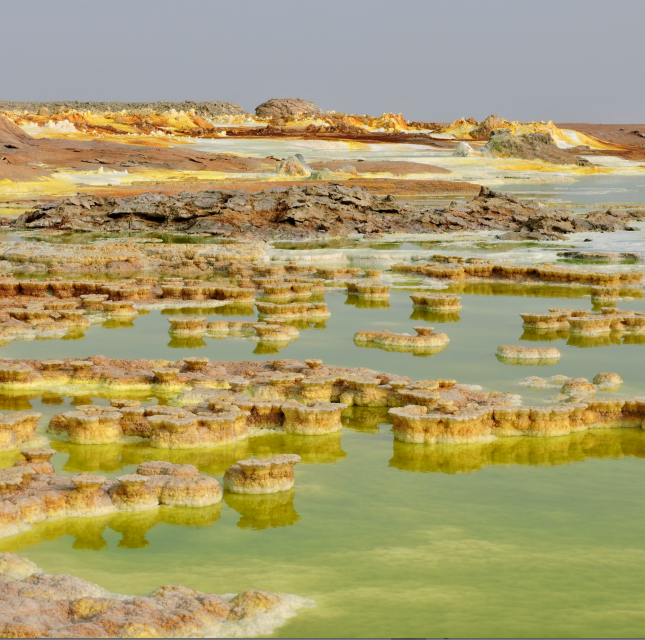
- The Danakil Depression is the hottest place on earth in terms of year-round average temperatures. It’s also stunning – with vivid bubbling sulphur and shifting molten rocks.
- Erte Ale, meaning Smoking Mountain, is a continually active volcano with two lava lakes. The climb is undertaken at night, and the vision of crimson lava spitting from the caldera at midnight is – as the locals say – like looking into the gates of hell.
- Lucy, earliest known partial skeleton of the hominin species, was named after the Beatles song Lucy in the Sky with Diamonds. Discovered in Hadar, she can now be seen in the National Museum of Addis.
- The Mursi, who live near the Omo Valley, are one of the last known groups in the world whose women still insert lip plates into their lower lips. Mursi villages are in one of the most isolated regions of Ethiopia, and can be visited with agreement with their elders.
- It’s said that coffee was discovered when an Ethiopian goatherd noticed how frisky his goats became after chewing on the berries. Regardless of the veracity or not of this myth, Ethiopian coffee is rich, pungent and delicious.
- To prove his readiness for marriage – whether or not he has a bride in mind – a young Hamar man has to run naked over the backs of bulls. During the bull-jumping ceremony, Hamar women encourage the men to whip them, and taunt them for not whipping hard enough.
- The wild men of Harar feed hyenas with raw meat draped over sticks held in their mouths at dusk outside the city walls. Visitors are welcome to give it a go.
- Ethiopia’s calendar is liberally sprinkled with festivals. From Timket (Epiphany) on 19th January to New Year on 11th September, there’s always something colourful and dramatic to watch and participate in.
Tamara Britten, 05 February 2020
Published also in: Coastal Guide
About the region
Addis and Surroundings
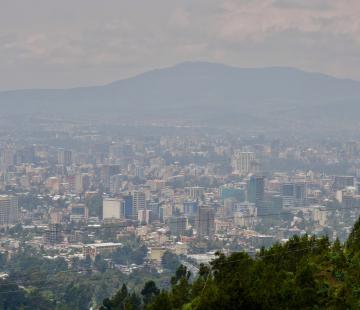
Addis Ababa is the capital of Ethiopia, the country’s largest city, and site of the headquarters of the African Union. Highlights include Entoto Mountain on which stands the Palace of Menelik II, the National Museum, the Ethnographic Museum, Trinity Cathedral, St George Cathedral, Merkato and the Piazza.
Read more about Addis and SurroundingsEastern
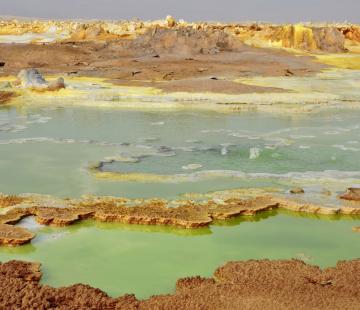
This remote and remarkable region includes the scalding and volcanically active Danakil Depression, with colourful bubbling sulphur, desiccated salt lakes and the live Erte Ale volcano. Also in the region is Awash National Park and the Islamic walled city of Harar.
Read more about EasternNorthern
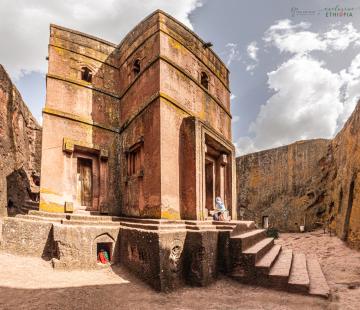
The historic north is home to what are arguably Ethiopia’s most popular sites. The legendary historic route includes Bahir Dar, Gondar, Axum, Lalibela and Gheralta. The region also includes Lake Tana, source of the Blue Nile, and the Simien Mountains, with Ethiopia’s highest peaks and most diverse wildlife.
Read more about NorthernSouthern
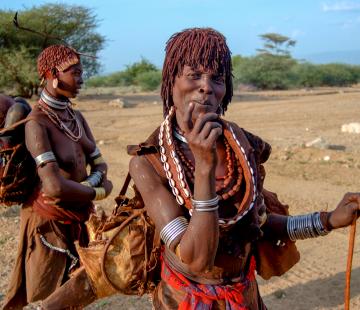
Ethiopia’s south is perhaps best known for the tribes who dwell here, particularly around the Omo Valley, who live according to their traditional customs. The region is also known for the Bale Mountains National Park, and for the chain of lakes that stud the Rift Valley.
Read more about Southern